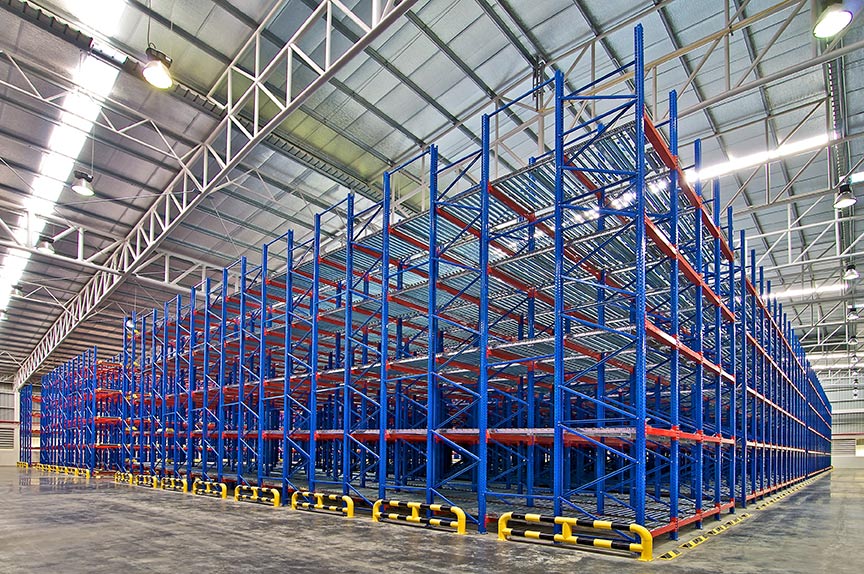
The Best Pallet Racking Solutions for Warehouses
What is Pallet Racking and How Does it Work?
Pallet racking is a type of storage system that allows warehouse businesses to maximize their storage space and efficiently organize their inventory. It consists of upright frames and horizontal beams that create multiple levels of storage. Pallets, which are flat platforms used to stack goods, are placed on these beams, creating a sturdy and organized storage solution.
Why is Pallet Racking a Great Storage Solution?
1. Maximizes Space Utilization: Pallet racking systems are designed to make the most of vertical space in warehouses. By utilizing the height of the building, businesses can significantly increase their storage capacity without expanding their floor space.
2. Easy Accessibility: Pallet racking allows for easy access to stored goods. Warehouse staff can use forklifts or other material handling equipment to retrieve or place pallets on the racks, ensuring efficient and quick inventory management.
3. Improved Organization: With pallet racking, warehouse businesses can organize their inventory in a systematic manner. They can allocate specific racks for different products, making it easier to locate and retrieve items when needed. This reduces the time spent searching for goods and enhances overall productivity.
4. Enhanced Safety: Pallet racking systems are designed to be sturdy and secure. They are built to withstand heavy loads and are equipped with safety features such as load beams and safety pins to prevent accidents. By using pallet racking, businesses can ensure the safety of their employees and goods.
5. Cost-Effective: Investing in pallet racking is a cost-effective solution for warehouse businesses. It eliminates the need for additional storage space or facility expansion, saving both time and money. Additionally, the easy accessibility and organization provided by pallet racking systems reduce labor costs and improve operational efficiency.
Types of Pallet Racking Systems
1. Selective Pallet Racking: This is the most common type of pallet racking system. It allows direct access to every pallet, making it suitable for businesses that require frequent and quick access to their inventory.
2. Drive-In/Drive-Through Racking: This system is ideal for businesses that store large quantities of the same product. It allows forklifts to drive directly into the racks, maximizing storage space and reducing aisle requirements.
3. Push Back Racking: With this system, pallets are stored on wheeled carts that roll on inclined rails. When a new pallet is loaded, it pushes the existing pallets back. This system provides high-density storage and allows for easy inventory rotation.
4. Pallet Flow Racking: This system uses gravity to move pallets from the loading end to the unloading end. It is suitable for businesses that follow the first-in, first-out (FIFO) inventory management method.
Conclusion
Pallet racking is an excellent storage solution for warehouse businesses. It maximizes space utilization, improves accessibility and organization, enhances safety, and is cost-effective. By investing in the right type of pallet racking system, businesses can optimize their storage capacity and streamline their operations, leading to increased efficiency and profitability.

Leave a comment